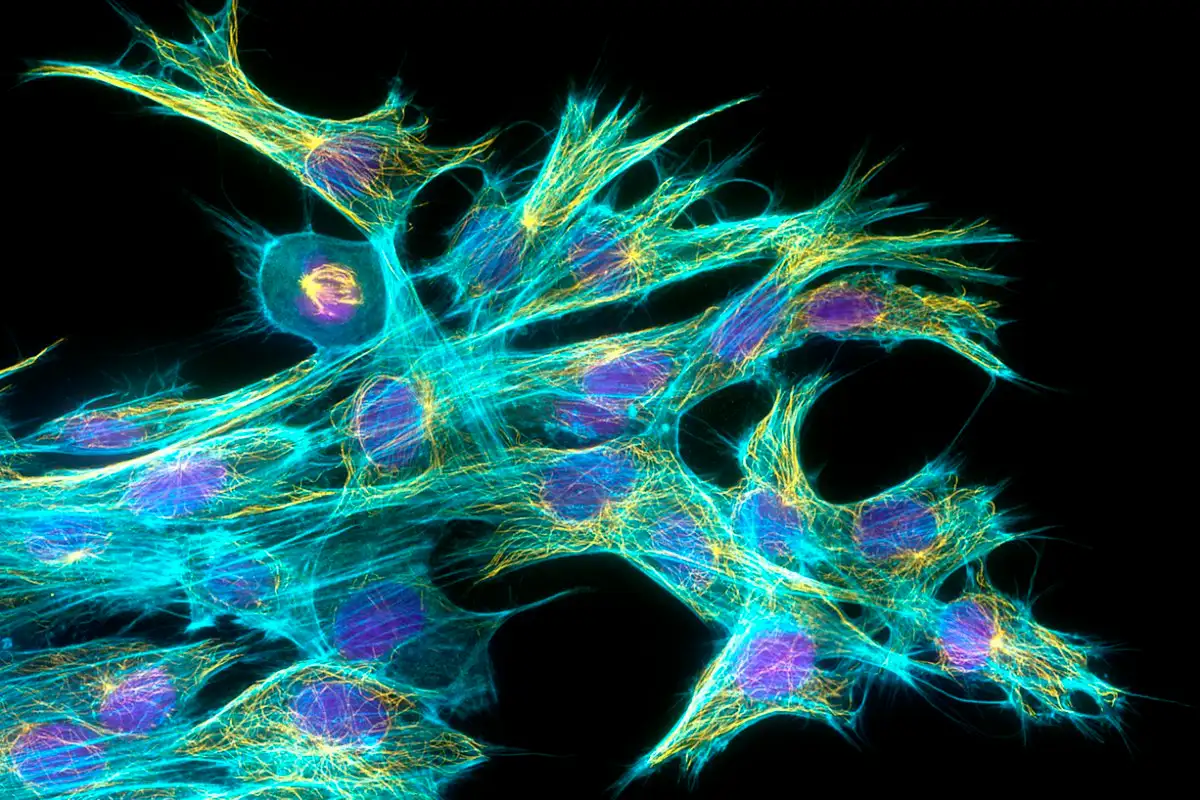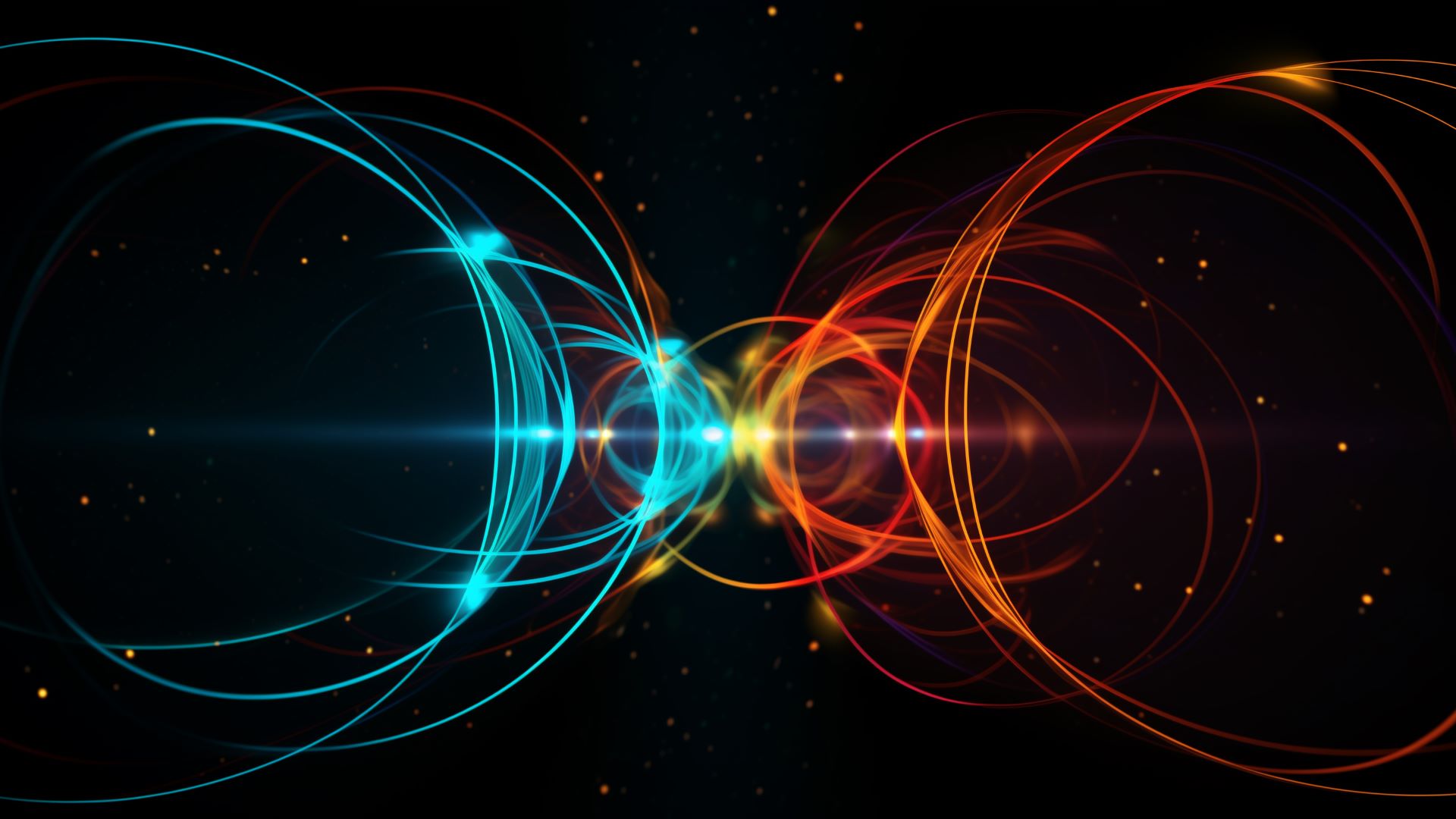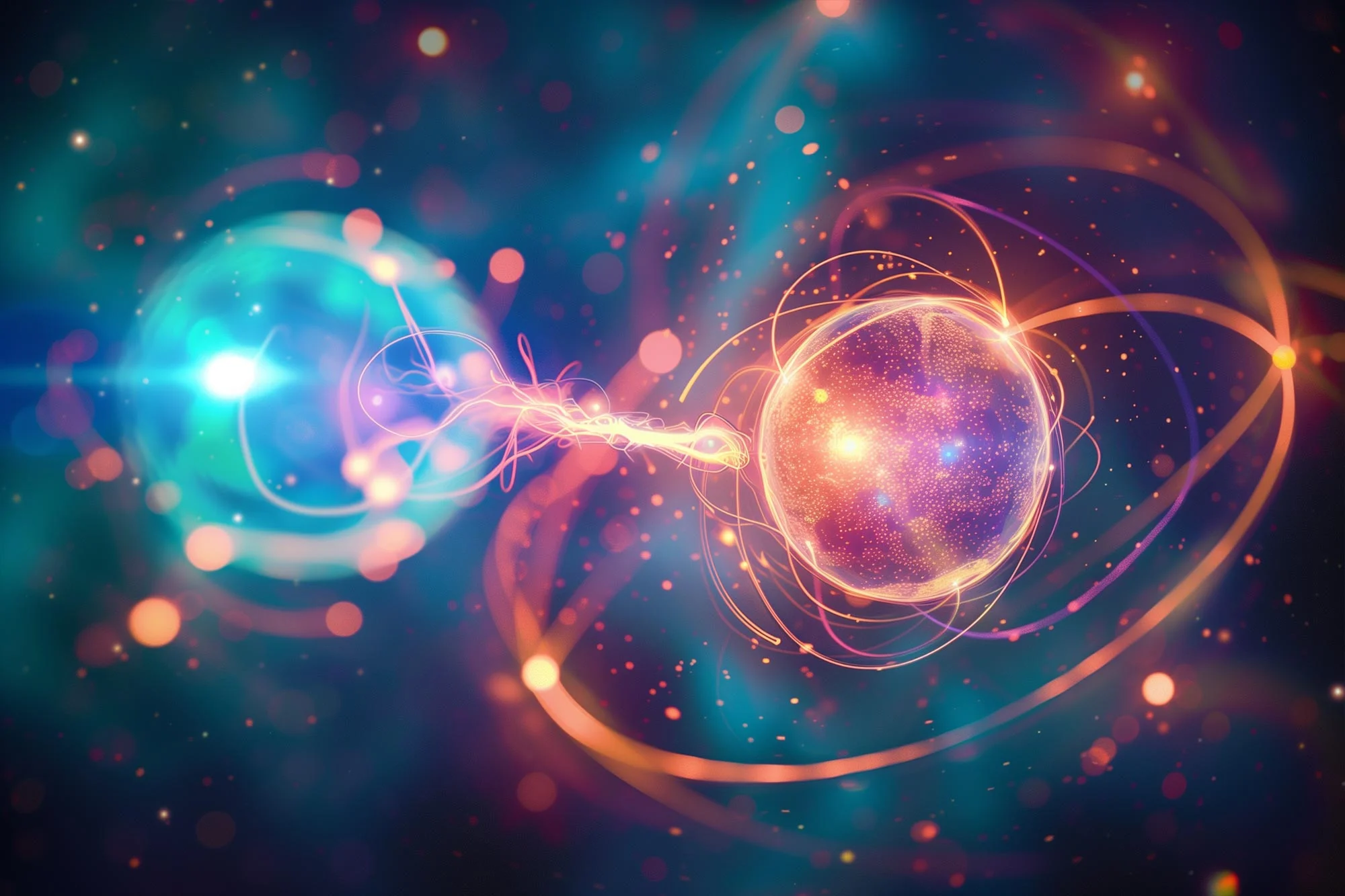New Research Links Quantum Mechanics to Consciousness, Exploring the Brain’s Quantum Connections
TL;DR
Recent research suggests a connection between quantum mechanics and consciousness, challenging traditional views of brain function. Theoretical proposals indicate that consciousness may arise from quantum states, potentially explained by the many-worlds interpretation of quantum mechanics. Roger Penrose’s hypothesis posits that the collapse of quantum states correlates with conscious experiences, although the warm brain environment poses challenges for quantum effects. New experimental proposals aim to test these theories by exploring quantum properties in biological systems, including fruit flies and human brain organoids. This innovative approach could redefine our understanding of consciousness and its underlying mechanisms.
The brain, despite being just a small component in the immense universe, follows the same physical laws as celestial bodies like asteroids and subatomic particles like electrons or photons. On the surface, its three pounds of neurons may seem unrelated to quantum mechanics—the foundational theory for all physical systems—since quantum effects are most significant at microscopic scales. However, new experimental proposals aim to connect microscopic systems with larger ones like the brain, potentially shedding light on the enigma of consciousness.
Quantum mechanics explains various phenomena that defy the understanding developed from everyday experiences. Take, for instance, the famous Schrödinger’s cat thought experiment, where the cat can exist in a superposition, being both alive and dead simultaneously. In the macroscopic world we experience, such ambiguities do not seem to occur—a cat is either alive or dead. However, quantum mechanics posits that many such superposed states exist at any moment, a concept that has long puzzled physicists.
In 1989, cosmologist Roger Penrose proposed a bold idea: consciousness arises when a quantum state collapses. His theory, suggesting a link between two major scientific mysteries—consciousness and the collapse of the wave function in quantum mechanics—sparked widespread excitement.
Penrose’s theory can be understood in the framework of quantum computing. For example, a quantum bit (or qubit), which can exist in a superposition of 0 and 1, collapses to one of these values, creating a moment of conscious experience, represented by a classical bit.
Penrose, alongside anesthesiologist Stuart Hameroff, suggested that this collapse happens within microtubules, which are tube-like proteins forming part of a cell’s structural framework, including the cells in the nervous system.
However, these ideas have not gained much traction in the scientific community, primarily because the brain’s warm, wet environment is not conducive to maintaining superposition states—unlike quantum computers, which operate in conditions far colder than room temperature to preserve these states.
Penrose’s theory also faces a problem when applied to two or more entangled qubits. When one qubit in an entangled pair is measured, the state of the other qubit is instantly known, no matter how far apart they are. While the qubits’ states are correlated, this correlation does not cause communication between them faster than light, as quantum mechanics forbids such faster-than-light interactions. According to Penrose’s idea, however, entangled qubits would share a conscious experience. If measuring one resulted in a definite state, this could allow communication faster than light—a violation of special relativity.
We believe that a large number of entangled qubits—hundreds or even thousands—would be necessary to fully capture the complexity of a conscious experience, which includes colors, sensations, emotions, memories, and thoughts that create the richness of life.
In an article published in Entropy, we and our colleagues proposed an alternative to Penrose’s hypothesis, suggesting that an experience is generated when a system enters a quantum superposition, not when the state collapses. In our view, any system that enters a state with one or more entangled qubits will have a conscious moment.
You might now be thinking: “But wait—I never consciously experience a superposition of states. Every experience I have is definite; I see a certain color or feel a specific sensation. I don’t perceive multiple states at once.”
The clarity of each conscious experience is naturally explained by the many-worlds interpretation of quantum mechanics. First introduced by Hugh Everett in 1957, this interpretation sees time’s progression as a continually branching tree, with each possible outcome of a quantum event splitting off into its own universe. A single qubit entering superposition, for example, creates two universes—one in which the qubit’s state is 0 and another where it is 1.
Entanglement also provides a potential explanation for the “binding problem” in consciousness research—the challenge of understanding how we experience a unified perception. For example, when looking at the Statue of Liberty, our mind integrates separate details like the face, the torch, and the crown into a single perception. Entangled qubits might provide the substrate for this unity of experience.
To explore these ideas further, we propose three experiments. The first, currently underway with funding from the Tiny Blue Dot Foundation in Santa Monica, aims to test the relevance of quantum mechanics to neuroscience using fruit flies and cerebral organoids—tiny assemblies of neurons grown from human stem cells. We know that the inert gas xenon acts as an anesthetic in animals and humans, and past experiments have shown that its effectiveness varies based on its isotopes. Isotopes differ in the number of neutrons in their nuclei, but their chemical properties are almost identical. The question is whether the small differences in their mass or quantum properties, such as nuclear spin, are responsible for this variation in anesthetic potency.
The findings from these xenon isotope experiments will lead to a second experiment in which we will attempt to couple qubits with brain organoids to allow entanglement between biological and technical qubits. The third and final experiment, still in its conceptual stage, aims to enhance human consciousness by connecting quantum-engineered states to a brain through entanglement. This could potentially produce altered states of consciousness, similar to those experienced under substances like ayahuasca or psilocybin.
As advancements in quantum engineering and brain-machine interfaces accelerate, it might not be too far-fetched to explore and expand human consciousness using quantum science and technology.





Hi there to all, for the reason
Penrose calls Consciousness the mind, which analyzes the input into the brain through perceptual experiences and arrives at a conclusion. But what instructs the mind to generate the conclusion & why? Consciousness does that, more specifically our own individual “local consciousness” that was created as an expression of the “fundamental consciousness.”that existed before anything else.
2005-2007 new Revolution in sciences (Physics/ new Quantum Mechanics, Cognitive Neuroscience) and philosophy: Gabriel Vacariu (Philosophy, Bucharest University): Universe/world, spacetime and infinite cannot even exist, but EDWs (epistemologically different worlds) are: duality in QM new interpretation 2005, your body exists in the macro-EW, duality mind-brain: your mind is an EW (epistemological world), duality micro-macro: the planets exist in the macro-EW, microparticles exist in the micro-EW. There are no “forces”, no physical laws (any “law” does not have an ontology…), no spacetime, only ED entities and their “interactions” (no ontology). Since 2002/2005/2007 on this topics, Cognitive Neuroscience (mind-brain, levels, mental representations, emergence, etc.), Physics (quantum mechanics, general relativity, new Cosmology (dark matter/energy, Big Bangs), Philosophy (ED ontologies): my article Synthese (2005, USA), my book Springer (2015 Germany), my PhD thesis 2007 (UNSW, Australia) (=my book 2008) FREE + my 5 books 2008-2014, all English, FREE my webpage, filosofie/UB, Internet (researchgate, academia, philpapers)
[…] Read more | > […]